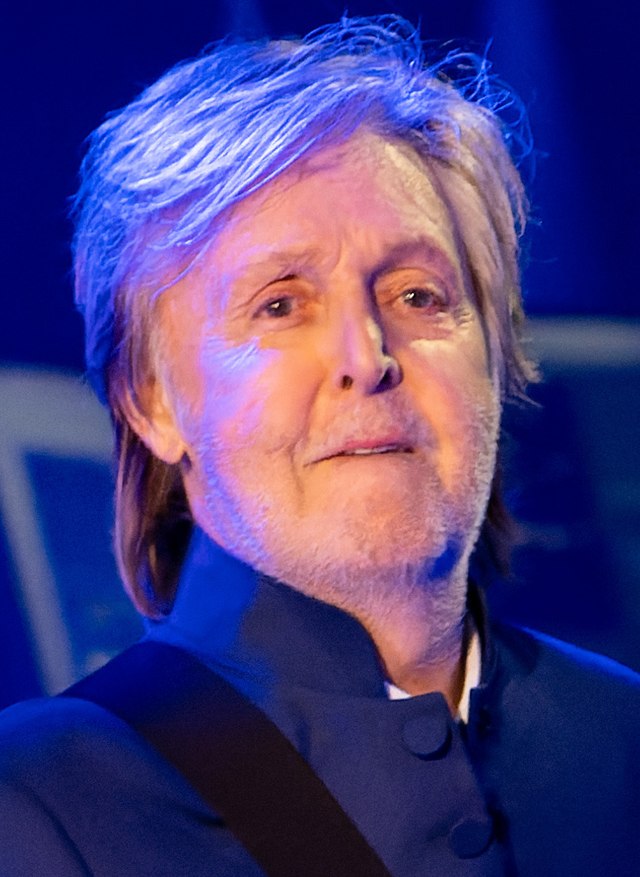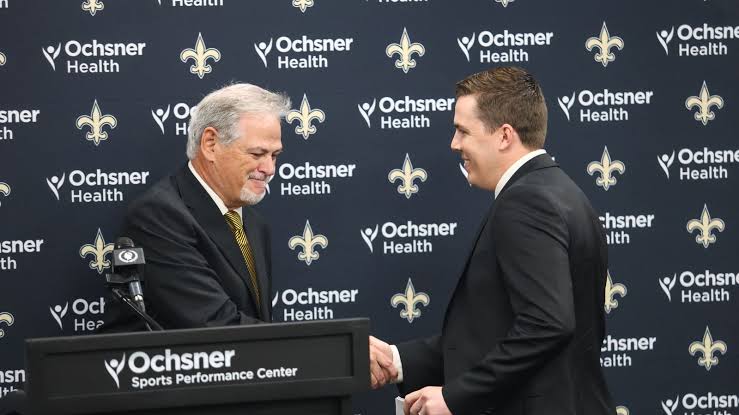Breaking news: The Beatles have always been synonymous with cultural revolution.
Behind the Beatles’ ‘Now and Then’ Campaign: Their Film Team Talks About the Rollout That Had the Fabs Ruling Pop Culture Again**
The Beatles have always been synonymous with cultural revolution. Their music changed the landscape of the 1960s, and their influence can still be felt across generations. But when news broke in 2023 that the Beatles were releasing a new single, “Now and Then,” the world stopped for a moment. How could this be? Weren’t the Beatles done? With only two surviving members, Paul McCartney and Ringo Starr, how was the group releasing something new? As it turns out, the answer lies in technology, archival material, and a deeply passionate effort to honor the band’s legacy.
Behind the scenes of this monumental release was a dedicated team of filmmakers, producers, and music historians who worked tirelessly to bring “Now and Then” to the public. The single, which was based on a demo written by John Lennon in the 1970s and later resurrected using innovative technology, had a rollout that not only celebrated the past but also pushed the boundaries of how music and media can coexist in the digital age. It’s a perfect blend of nostalgia and modernity—a testament to how the Beatles remain a force in pop culture, even more than 50 years after their breakup.
To understand how “Now and Then” reintroduced the Beatles to a new generation, one must look at the behind-the-scenes strategy and creativity that went into its launch.
### The Genesis of the Project
The roots of “Now and Then” date back to the 1970s. John Lennon had written a demo of the song, which was initially intended to be part of a follow-up to his solo album *Plastic Ono Band*. However, the Beatles were no longer together at the time, and the project never materialized. The demo languished in the archives until the 1990s when the remaining Beatles, Paul McCartney, George Harrison, and Ringo Starr, began to work on completing three of John Lennon’s unfinished tracks for the *Anthology* project. “Now and Then” was one of those tracks, but it never quite reached completion.
Fast forward to 2023, and with the rise of advanced AI technology, McCartney revisited the track. Using AI to separate Lennon’s voice from a 1970s demo, McCartney and the surviving Beatles were able to create a polished version of the song. “Now and Then” was not only a remarkable technical achievement but also a way to honor their fallen bandmates and make use of archival material in a way that was never previously possible.
### The Campaign Strategy
The marketing and media campaign behind “Now and Then” was designed to be as groundbreaking as the song itself. The Beatles’ legacy is so vast that any new release risks falling short of expectations. However, the film and creative team behind the rollout understood that this was a unique moment in history, and the strategy reflected that.
A key component of the campaign was to remind both old and new fans of the significance of this project. A coordinated release strategy began with the announcement that the Beatles were returning with a new song—a statement in itself that was enough to stir excitement. The teaser, which included snippets of the track, was accompanied by footage of the band members at work in the studio, showcasing their excitement and dedication to the project. There was a deep sense of reverence toward the band’s legacy, particularly in how the song was created, blending the past with modern technological advances.
Director Peter Jackson, who had worked on the 2021 documentary *The Beatles: Get Back*, was brought on to help oversee the visual elements of the campaign. Jackson had already proven his ability to bring the Beatles’ story to life through an innovative documentary format that used unseen footage from the *Let It Be* sessions. With “Now and Then,” Jackson and his team applied similar principles, creating a stunning visual narrative that paid homage to the band’s origins while embracing the future.
A significant part of the campaign was the carefully curated documentary-style videos that accompanied the release. These videos were designed not only to promote the new single but also to give fans a deeper look into the creative process and the technology behind it. Using AI technology to bring Lennon’s voice back into the fold was groundbreaking, and the film team made sure to emphasize this as a key aspect of the narrative. Interviews with McCartney, Starr, and others were interspersed with footage of the Beatles’ archival material, giving the audience a sense of continuity.
Additionally, social media played a crucial role in reaching a global audience. The Beatles’ official Instagram and YouTube channels were flooded with teasers, behind-the-scenes footage, and exclusive interviews that generated excitement. Fans old and new flocked to these platforms to see how the song was coming together and to speculate on what it might sound like.
### The Visuals: Reviving the Past, Embracing the Future
A central aspect of the “Now and Then” campaign was the visuals. As part of their strategy, the Beatles released a stunning music video for the song, which blended modern technology with nostalgic elements. The video used CGI to bring the band back together for a fictional performance, with the surviving members of the band alongside a digital recreation of Lennon. This was not the first time digital technology had been used to bring back a deceased musician—Tupac Shakur famously appeared as a hologram at Coachella in 2012—but the Beatles’ use of it took things to a new level.
The digital recreations were so realistic that many fans found it difficult to distinguish between the virtual version of Lennon and the real-life band members. The video was designed not just to showcase the song but also to tell a story about the enduring bond between the Beatles, even beyond death. It was a moving tribute to the band’s legacy while exploring the possibilities of the future.
Alongside the video, special limited-edition vinyls and exclusive collector’s items were released, all of which were accompanied by retro-inspired artwork. The visuals weren’t just meant to market the song; they were a way of revisiting the past while demonstrating the band’s continued cultural relevance. The Beatles have always been an image-heavy band—think of the iconic Abbey Road album cover or the psychedelic posters from the *Sgt. Pepper’s Lonely Hearts Club Band* era—and the “Now and Then” campaign embraced this legacy wholeheartedly.
### Pop Culture Domination Once Again
By the time “Now and Then” was released, the Beatles had already reasserted their position in pop culture. Their music had never really gone away, but in 2023, the digital landscape had changed. The song’s release was perfectly timed with the ongoing revival of 1960s and 1970s nostalgia, as well as a growing trend of artists and producers using AI to explore new creative possibilities. The Beatles, in many ways, were at the forefront of this movement, just as they had been with the explosion of rock and roll decades earlier.
“Now and Then” did more than just connect the past with the present—it also bridged generations. Younger listeners who may have only heard about the Beatles in passing now had the chance to experience something new from the group. The song’s success on streaming platforms and its presence in media outlets globally proved that the Beatles could still dominate the music world, even if the band no longer existed as a functional unit.
In an age when music streaming algorithms and TikTok challenges dominate, the Beatles’ return felt like an event. Their single wasn’t just a new song—it was an intersection of history, innovation, and pop culture that proved the lasting power of their influence.
### Conclusion
The release of “Now and Then” was a carefully orchestrated campaign that blended nostalgia with modern technological innovation. The Beatles, through a mix of archival material, AI technology, and a passionate team behind the scenes, managed to reignite their cultural relevance. The rollout wasn’t just about one song; it was a reminder of how the Beatles’ impact on music and popular culture transcends time. Their legacy is not just a product of the past—it’s something that continues to inspire and shape the future, one new generation at a time


